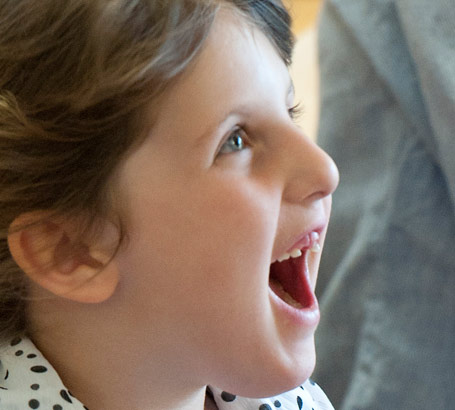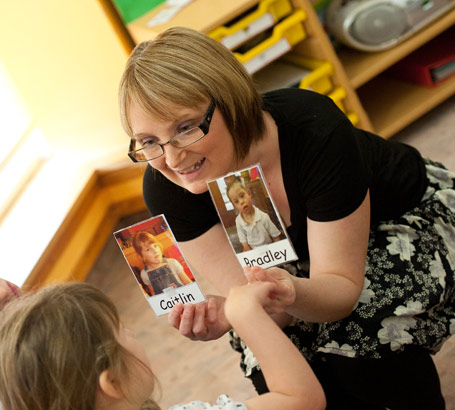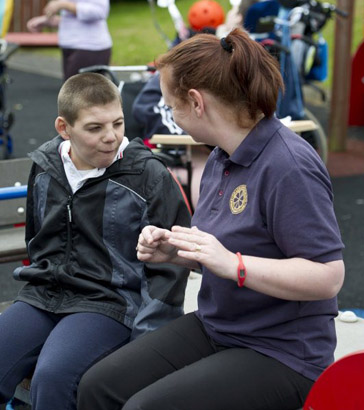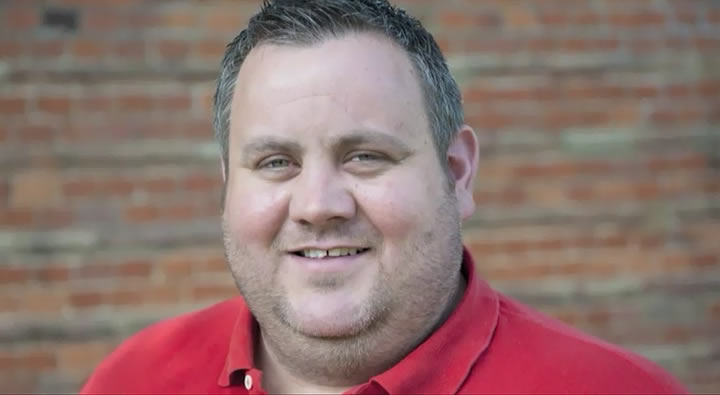
Over the last decade, two models of disability have emerged:
- an individual (or medical) model, and
- a social model.

The individual (or medical) model of disability focuses on the nature and severity of a child's impairment rather than on their needs, and the extent to which difficulties can be overcome or militated against. The power to 'change' such children is often seen to lie with medical, educational or other professionals

In contrast, the social model of disability is based on the view that, although a child with a complex learning difficulty may function differently from their peers, it is socially constructed 'barriers' that disable them. A social model of disability does not focus on a child's impairment, rather it looks at what children need to lead lives that are as full as possible. It looks at ways of removing 'barriers' that may prevent children from achieving this.
Many aspects of special needs policy and practice in England can be seen to arise from an individual model of disability , for example:
- Children with SEN are defined as 'having learning difficulties or disabilities that make it harder for them to learn than most children of the same age' and require 'extra or different help from that given to other children of the same age'. Where the school cannot provide the help that a child with SEN needs, a statutory assessment may result in a statement of SEN, which lists the child's difficulties and the provision required to help overcome them. Targets are set and the child's progress towards these targets is monitored regularly. The effectiveness or quality of the child's education is determined by their progress in meeting these targets, and
- P scales are used not only to measure individual children's progress, but to enable comparisons to be made between schools about the progress made by pupils working below the national curriculum levels. Martin (2006) has highlighted some difficulties with this approach.

Other aspects of special needs and disability policy and practice in England can be seen to arise from a social model of disability, for example:
- The inclusion statement in the national curriculum talks about 'setting suitable learning challenges', 'responding to pupils' diverse learning needs' and 'overcoming potential barriers to learning for individuals and groups, and
- The DDA requires school to make 'reasonable adjustments' to ensure that disabled pupils aren't discriminated against.
In this video clip post-16 teachers and pupils talk about gaining independence.
Watch the video.
Does practice in this school arise from an individual or a social model of disability?
How does the school work to improve the quality of pupils' lives?

The practice in this school seems to arise from a social model of disability. The teachers are not focusing on pupils' impairments, instead they are focusing on what the pupils need to live as independently as possible once they leave school.
The school works to improve pupils' quality of life in the following way:
- Teaching them the practical skills they needs to help them to live independent lives, e.g. cooking, washing, shopping, using public transport
- Giving them the confidence to use community facilities such as cinemas and swimming pools
- Giving pupils the skills and confidence to move about safely, by teaching road safety and how to use mobile phones
- Giving pupils the skills to cope when things go wrong
- Ensuring that pupils who cannot be independent make their own choices whenever possible, and
- Working closely with parents to promote a consistent approach.

Martin, A. (2006) Assessment using the P scales: Best fit – fit for purpose?, British Journal of Special Education,
33(2), 68-75.
Turnbull, R., Turnbull, A., Wehmeyer, M. and Park, J. (2003) A Quality of Life Framework for Special Education Outcomes, Remedial
and Special Education 24(2), 67-74.
